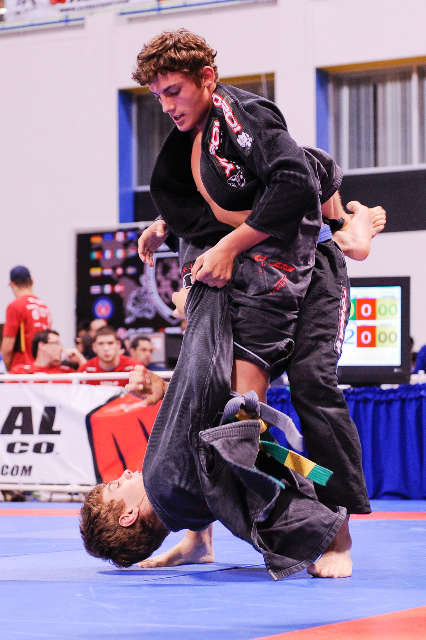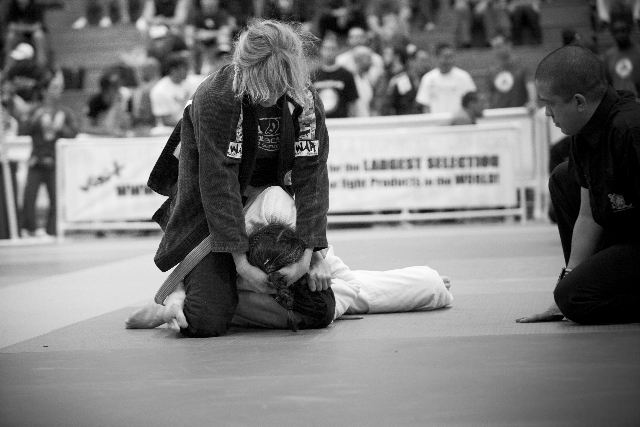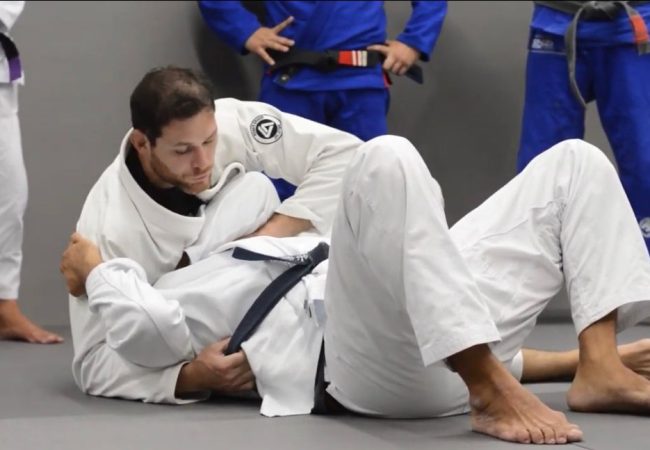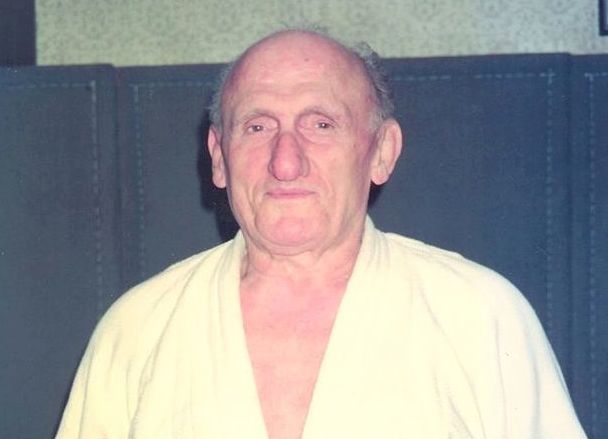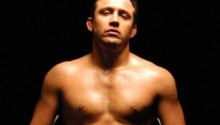(By Jeremy Fernando**)*
One of the greatest challenges in recent times posed to the art of Jiu-Jitsu was the advent of the 50/50 guard. It was not as if the position itself suddenly appeared; they don’t come out of nowhere: but one certainly cannot discount the fact that the massive success of the Mendes brothers certainly put it in the spotlight. The problem of course was not the position as such – it was clearly effective, it was within the rules, no one could solve the puzzle –, but the fact that everyone else seemed to be befuddled by it.
This is the classic case of being faced by an unfamiliar, an unknown. Predictably there were calls for the banning of the move, citing the classic ‘going against the spirit of Jiu-Jitsu’ argument. However, even a brief consideration would show that to be a moot argument: after all, Jiu-Jitsu is teleological – at the end of the day, the goal is to subdue one’s opponent using the principle of leverage. This would entail a spirit of exploration, discovery; and the approach would be an examination of the position itself, in order to develop new tactics, strategies, to defeat it. By extension, there is no technique that should be dismissed a priori: any technique is merely another possibility. Now, whether a tournament setting is an appropriate laboratory in the study of Jiu-Jitsu is yet another question, one that we might have to temporarily set aside.
A similar challenge was posed to the art of judo in the 1970s with the influx of Russian fighters – being previously trained in sambo, they brought with them an unorthodox style of gripping, and introduced what seemed like a completely alien art-form. Instead of rising to the challenge, the International Judo Federation (IJF) dealt a death-knell to the art by banning these techniques. In doing so, they have started a trend where judo has consistently outlawed more and more techniques, deeming them ‘against the spirit of judo’, whatever that even means.
Here, one must never forget the fact that both Jigoro Kano, and the Gracie Brothers were not traditionalists. Far from it. They were heretics.
Therefore, the very ‘spirit’ of both judo and Jiu-Jitsu is that of questioning; more than that, a very particular notion of questioning where each problem is examined with a specific methodology (leverage) in mind. If one pays attention to the fact that art is craft practiced at its highest level, then it becomes clear: art only occurs through its praxis. This suggests that art is neither a metaphysical nor ontological notion: it is not governed, controlled, by an over-arching idea. By extension, it is not stagnant. This also suggests that art is situational: each expression of an art is singular, and can at best be known only at the moment of expression. Hence, we are blind to it until it happens, and perhaps even after its occurrence there is no guarantee of repetition. Perhaps, there is no more appropriate term for art than – to borrow from Rickson Gracie – “invisible.”
As the worldwide popularity of Jiu-Jitsu continues to grow, it is starting to face its own monsters. The huge demand for instruction has led to many fraudulent individuals claiming to be ‘black belts’. There are two main approaches to this very real problem; and their varying natures allow us to catch a glimpse of the divergent philosophies within the art.
The late Helio Gracie famously wore a blue belt whenever he was in Brazil “out of protest against the proliferation of Jiu-Jitsu ‘experts’ and self-proclaimed ‘Gracie’ stylists who are polluting the once crystal clear spring of knowledge that he perfected” (ad from the Gracie Academy Torrance, Martial Arts Legends: “Special Issue—Gracie Jiu-Jitsu”, February 1997: 1).
On the surface, Carlos Gracie Jr. has a similar approach to the problem. By forming the Confederação Brasileira de Jiu-Jitsu (CBJJ) which eventually led to the International Brazilian Jiu-Jitsu Federation (IBJJF), there has been an attempt to standardize BJJ. This attempt to structurally organize BJJ has allowed practitioners all over the world have a much better idea of who is qualified to teach, thus letting them choose their instructors with a more learned approach. In this, one can even hear an echo of his uncle Helio, and his declaration that the popularity of BJJ should not “provide an opportunity for unqualified people to fool the public by misrepresenting their ability as instructors.”
However, the similarities disappear when you take into consideration the notion of time, and in particular time between belts. For, by virtue of the logic of standardization, the IBJJF has to issue a minimum time limit between promotions: the implication is that there is a correlation between one’s belt level and the time one has spent in the art. By Helio Gracie’s logic though, a belt—like the kind of instruction that you receive from himself and his sons—is an indication of level, of ability. And this is precisely where they differ: in Carlinhos you find a trust in a system; in Helio, the trust is in the individual
In themselves, there is no problem with their different approaches. What it does offer us though, is a glimpse at the implications towards thinking, exploration, and the question. If there is an over-arching structure, the thinking is always already within boundaries, within borders – by extension, there is a notion (whether actualized or not) of what Jiu-Jitsu is, and what it is not. When the thinking is located in, and through, an individual, this suggests that it is a singular approach towards Jiu-Jitsu, one that is discovered through that person, and might in fact only be known by that person. Hence, what the professor can do – should do – is guide you along the way, and allow you to seek your own path, method: after all, one should never forget that question, and quest, have the same root, questa (‘search’, ‘inquiry’); and that method comes meta hodos (‘over a path’).
As Saulo Ribeiro once said, “I can teach someone everything I know about Jiu-Jitsu in three months. But what I can’t teach is the timing, that comes from experience.” (“Grappling Magazine”, May 2000: 8). And the “experience” is of course related to time, but a personal time, a time that is relative to each person.
The major advantage that Jiu-Jitsu has over most of the martial arts is its focus on art, rather than just the martial aspect. The praxis of Jiu-Jitsu is leverage: the artist is one that finds leverage in a way that no one else does; (s)he is the one that can feel precisely at what point, and when, to insert that lever.
In Robert Goodman’s documentary “Choke”, there is a moment when Rickson Gracie utters a strange phrase, at least in the English language: “flow with the go.” At that moment his insight as an artist of the lever shone through: it is one’s singular response to the movement – of yourself, of the other – that is the very apex of Jiu-Jitsu. And this is precisely why timing is always emphasized. When you “flow with the go,” you are doing nothing but finding (your own) time.
—-
** Jeremy Fernando is the Jean Baudrillard Fellow at the European Graduate School, and is the author of Reflections on (T)error, Reading Blindly, and The Suicide Bomber; and her gift of death. Even though he has a black belt in judo, he regularly finds himself looking at the ceiling, and has refined tapping-out into an art, complete with rhythm and form.
* The article is the property of the author and does not necessarily reflect the opinion of GRACIEMAG.com.


